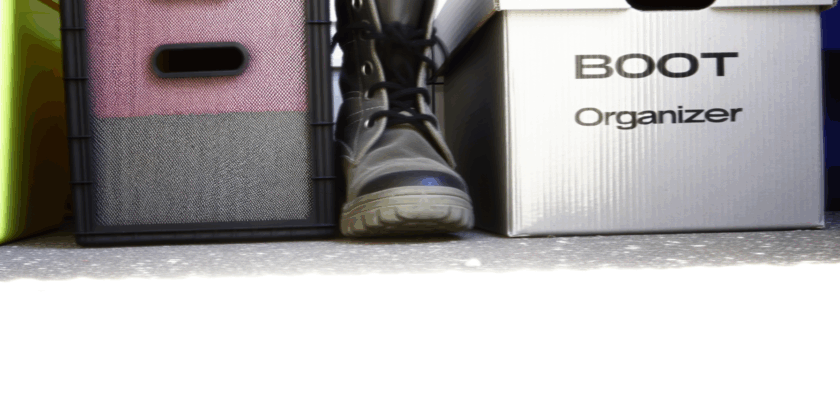In the quest for tidier entryways and garages, boot organisers have become essential tools for keeping footwear neat and accessible. Among the popular options are mesh and solid boot organisers, each offering unique features and benefits. This article explores the key characteristics of mesh versus solid boot organisers and evaluates their durability and functionality to help consumers make an informed choice.
Comparing Mesh and Solid Boot Organisers: Key Features
Mesh boot organisers are known for their breathable design, allowing air to circulate around stored footwear. This ventilation helps reduce odors and moisture buildup, which is particularly beneficial for athletic and wet boots. Additionally, mesh organisers tend to be lighter in weight and often feature flexible compartments that can accommodate various boot sizes and shapes.
In contrast, solid boot organisers typically offer a more rigid structure, providing firm support and stability for heavier boots such as hiking or work boots. These organisers often come with a hard plastic or wooden frame, which maintains the shape of the boots and prevents them from toppling over. The solid design can also offer a sleeker and more polished look in home or garage settings.
Another important difference lies in visibility and maintenance. Mesh organisers make it easy to see the contents at a glance due to their see-through design, facilitating quick access and inventory checks. Meanwhile, solid boot organisers may conceal boots from view but tend to be easier to wipe clean and less prone to snagging or tearing.
Durability and Functionality: Which Boot Organiser Wins?
When it comes to durability, solid boot organisers generally have the upper hand. Their robust materials are designed to withstand heavy weights and frequent use without deformation. This makes them well-suited for users who store multiple pairs of heavy boots or use the organiser in high-traffic areas. The sturdy construction also means they are less likely to suffer damage from impacts or abrasions.
Mesh organisers, although lighter and more flexible, often face challenges with wear and tear over time. The fabric can stretch, rip, or sag, especially if overloaded or subjected to rough handling. However, high-quality mesh organisers use reinforced stitching and durable synthetic fabrics to enhance longevity, making them a reasonable choice for moderate use and lighter boots.
Functionality also depends on user needs. Mesh organisers excel at promoting airflow and visibility, which is ideal for sports enthusiasts or households where boots frequently get wet or muddy. Solid organisers provide superior support and protection, making them preferable for heavy-duty boots and long-term storage. Ultimately, the best choice hinges on balancing the desired level of durability with the specific functional priorities of the user.
Choosing between mesh and solid boot organisers involves weighing ventilation, support, durability, and ease of use. Mesh organisers offer breathability and flexibility, making them suited for lighter, frequently used boots, while solid organisers provide sturdy, long-lasting storage ideal for heavier footwear. By considering the key features and practical demands outlined here, consumers can select a boot organiser that best fits their lifestyle and storage needs.

